Steph W. from SEOPressor


...help you check your website and tell you exactly how to rank higher?


91
score %
SEO Score

Found us from search engine?
We rank high, you can too.
SEOPressor helps you to optimize your on-page SEO for higher & improved search ranking.
By vivian on August 26, 2017
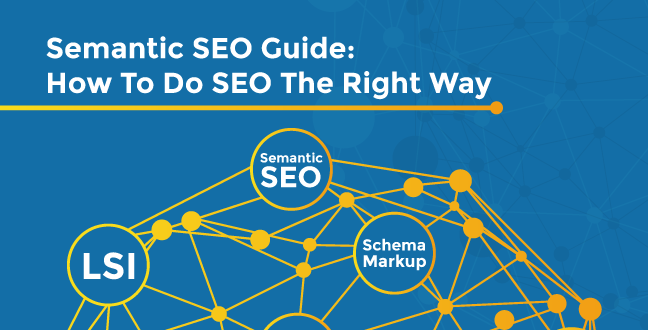
Back in the early days of the Internet, SEO was relatively simple: pick a few relevant keywords and plug them in. However, SEO has become much more complex than just that. Even when it comes to finding relevant keywords, a lot more has to be taken into consideration, including semantic search. (Find out how to do SEO for beginners here.)
The following is an in-depth guide on what is semantic search, how it can benefit your SEO strategy and some of the effective ways of using semantic SEO.
The first question we should answer is what is semantic SEO? Semantic SEO is Google’s way of being able to determine the purpose of each individual search query more accurately. Keywords do not always match up 100 percent with a user’s query. This is because people do not sit around thinking about what keywords would most effectively align with what they are looking for when they perform a search. Instead, they type a question or basic statement in.
Semantic search allows Google to identify what the intent behind the search as well as potentially the context of their search in order to pull up more relevant content to their query, even if that content doesn’t make use of keywords that are an exact match to the words used in the query.
A basic example would be if you typed in the question “cheap burritos in new york” into Google.
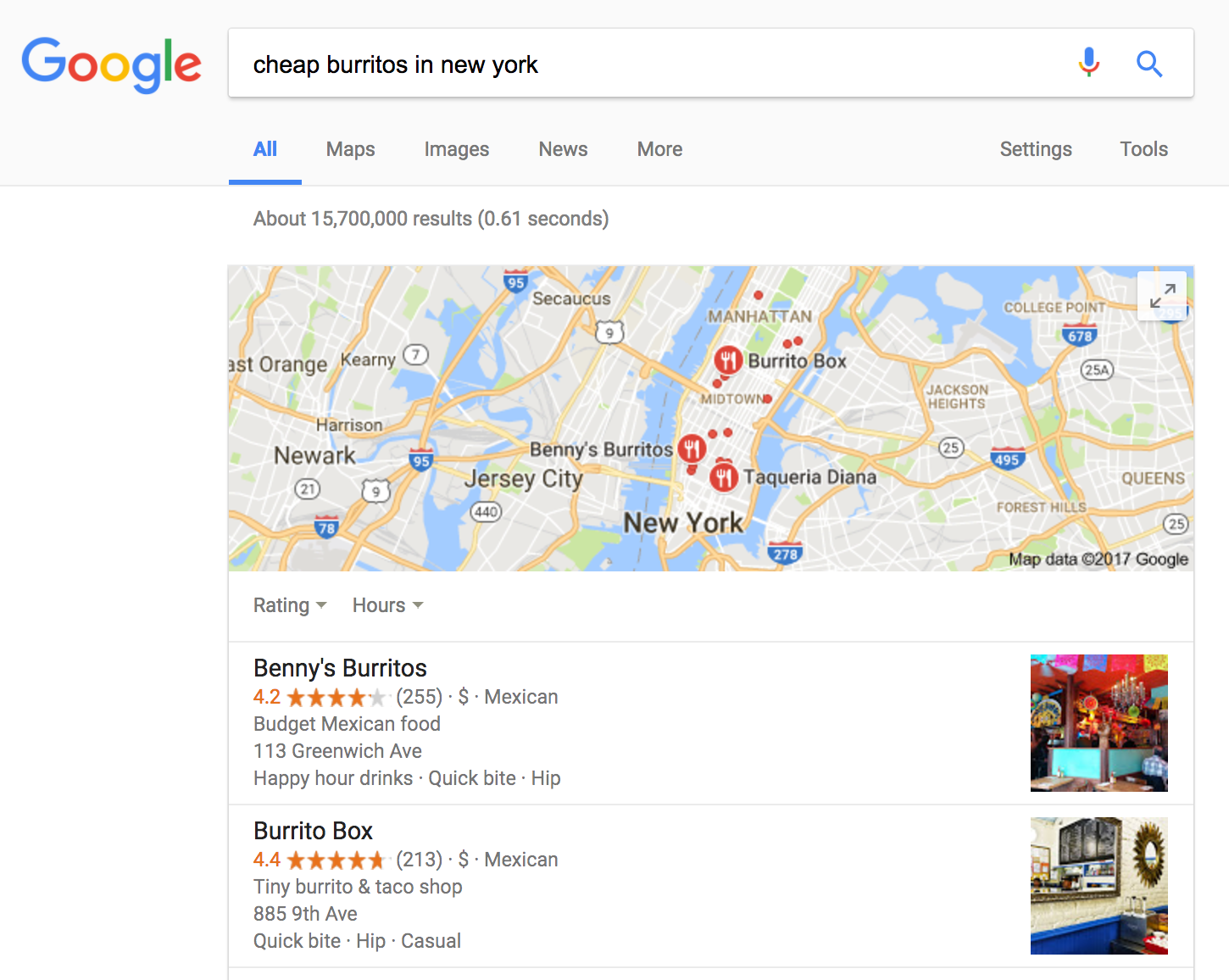
The first thing that pops up will mostly be the restaurants in the areas that sell burritos with a more affordable end of the spectrum. Google is making use of semantic search to guess that the question refers to the restaurants in the area you are in.
One of the reasons why Google is focusing so much on semantic SEO at the moment (and will continue doing so in the future) is not just because it allows them to provide users with search engine results that are more accurate and relevant due to their ability to identify context and intent, but also because voice search is going to become more and more prominent in the future.
Google is going to need to be able to determine what someone is looking for by the questions they ask via voice search, which by nature is going to be more semantic. For example, if a person wants to know how cold it is in NYC, they might type in “NYC weather”. However, if you were to perform a query vocally, you would probably say “Is it raining outside?” which doesn’t contain any of the keywords of the typed out query.

Google knows it has to recognize that both of these queries are basically the same, which is why semantics are so important.
It also means that you need to be using keywords in the right way. Not only do you have to find effective and relevant keywords, but you’ll want to use multiple keywords throughout your content that is related in order to provide Google with more context. As long as you keep semantic SEO in mind, if you’re practicing white hat SEO techniques, semantic search should benefit your SEO efforts.
You might be wondering how Google is able to identify intent through semantic search so accurately. It’s through the use of an algorithm called RankBrain. RankBrain was first implemented in 2015 and at that time was only used to interpret around 15 to 20 percent of search queries. Only two years later and Google is using it as a major part of its core algorithm.
RankBrain is able to detect patterns of search queries, determine their context and identify consequent user behavior.
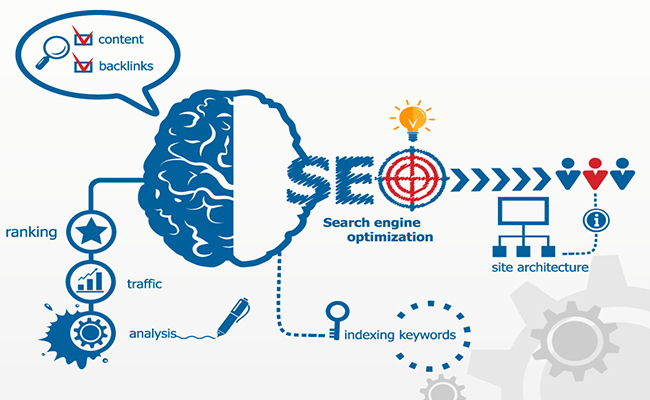
RankBrain re-ranks search results based on these abilities.
The algorithm elevates or demotes websites based on relevance, which means that optimizing your website or semantic search is absolutely vital to your SEO efforts. But how exactly can you accomplish this? The answer is to use latent semantic indexing.
LSI is a system that allows Google to identify other keywords surrounding the main keywords you used to optimize your content in order to get a better idea of the context. This makes it easier to truly identify the subject of your content and to rank it accordingly to relevant search queries. Basically, it allows Google to figure out how relevant your keywords are to a semantic search.
For example, if someone searches for “the new Mac computer” and you have an article about the most popular “Apple products,” Google will look for LSI keywords that indicate the context of your “most popular Apple products” to determine if your content is about the fruit or the company and if it is about the company, then whether the “products” part concerns their new line of computers.
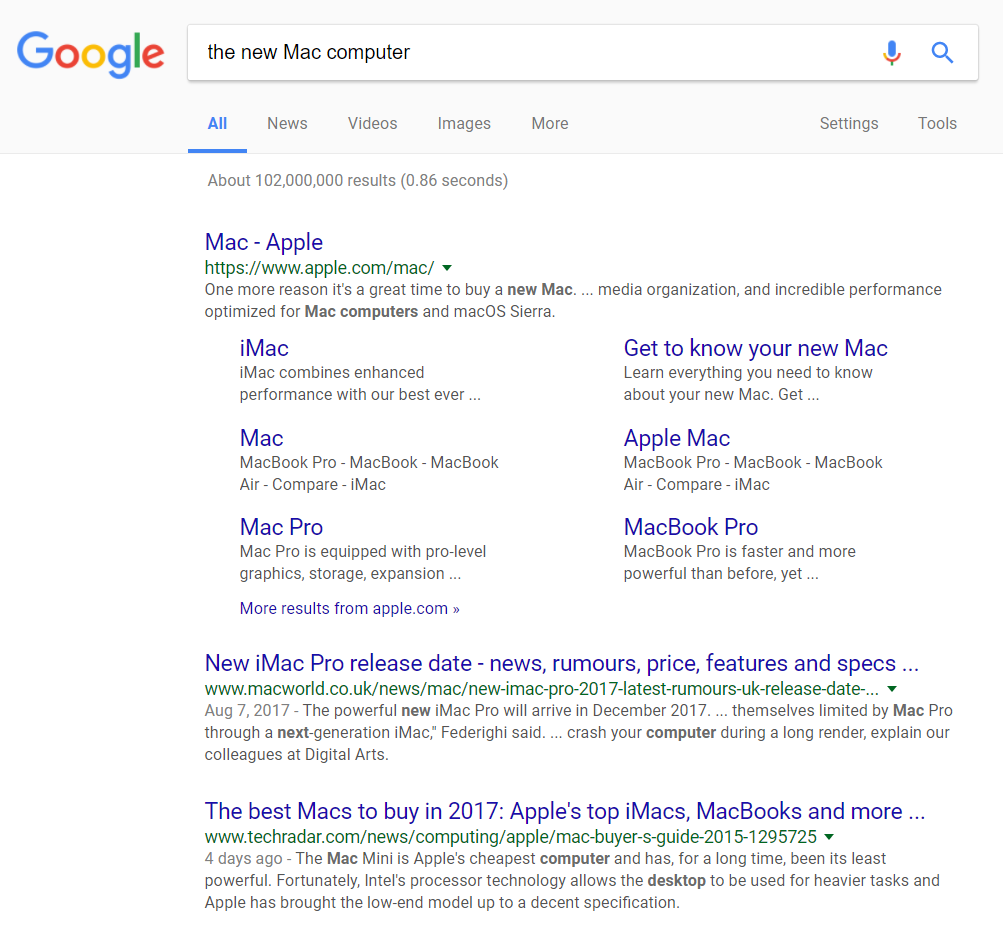
Google knows what LSI keywords to look for based on the LSI keywords that the highest ranking content use for its search queries. So if the highest ranking sites for the “the new Mac computer” keyword use LSI keywords such as “screen” or “hard drive,” then it will scan your content for these LSI keywords as well to determine the proper context of the main keywords you’ve used to optimize your content.
This means that when you do keyword research for your content, you should also do LSI keyword research to support those keywords and provide Google with the proper context. One way that you can identify LSI keywords to help improve your semantic SEO is by using LSIGraph.
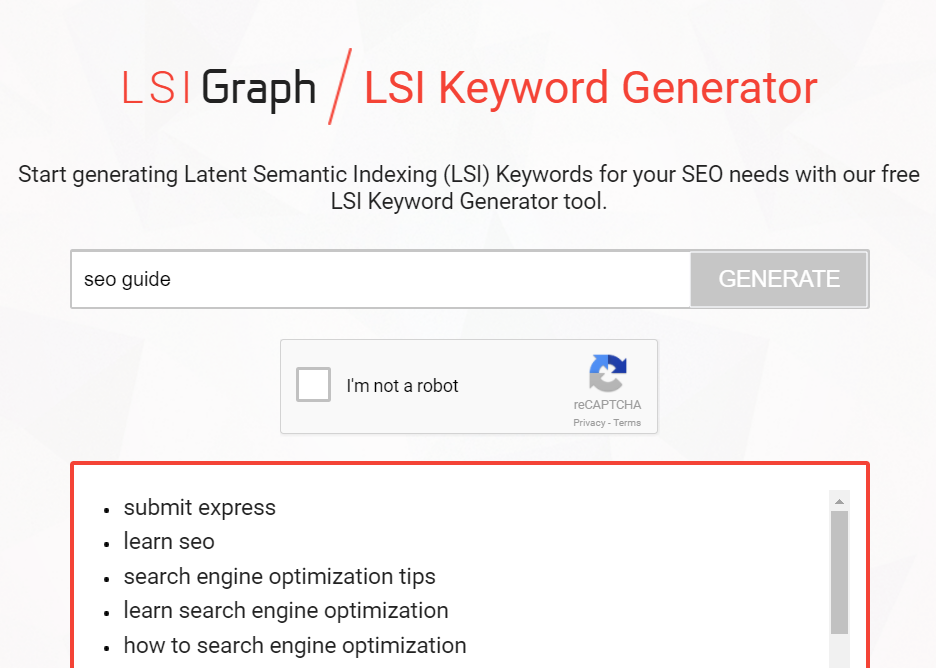
In SEOPressor, we use LSI Graph – a free online tool that will generate competitive alternatives to your existing keywords, helping you target them with ease.
To use the tool, simply enter your chosen keyword into the search bar. It will then bring up a long list of some of the most commonly used LSI keywords for that keyword that you can use depending on their relevance to your content.
While LSI keywords are an incredibly important way to strengthen your keyword use and to provide Google with the context it needs to effectively rank your content for relevant search queries, it’s not the only thing that you should be doing to rank for semantic SEO. The following are a number of strategies for boosting your semantic SEO rankings:
It’s always been Google’s ultimate goal to provide users with the highest quality content that’s relevant to their search, which means that quality is what you should focus on. Publish the right content and Google will reward you. The following are a few tips for creating high-quality content that will rank well for semantic search:
The Knowledge Graph, which is often referred to as featured snippets or rich answers, provides relevant results to search queries using semantic search information. For example, if you type in the name of a famous person, like “William Shakespeare”:

Google Knowledge Graph is the one that shows up on the right side of the SERPs with a snippet of info from Wikipedia, along with several images and relevant links.
One way to improve your semantic SEO is to improve your chances of getting displayed on a Knowledge Graph, which will give you an instant exposure to your content. The following are a few tips for getting displayed on Google’s Knowledge Graph:
You will also want to take steps to have your content displayed in Google’s Answer Boxes, which is powered by their Knowledge Graph. Answer Boxes provide answers to user questions on Google’s SERP so that users don’t have to click on a link.
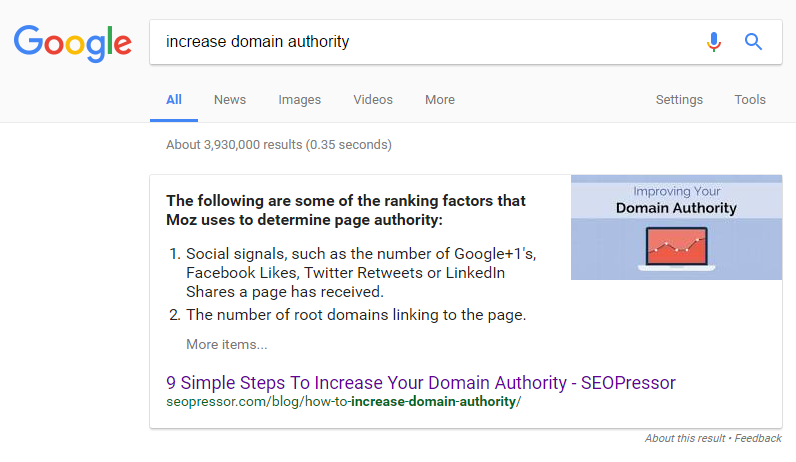
Getting displayed on Google Answer Boxes will help provide exposure to your site even if users don’t click the link – and there’s always a chance that they will.
Use the following tips to increase the chances of getting displayed on Google’s Answer Boxes:
The bigger your brand presence is, the more effective your semantic SEO will be, whether it’s simply ranking higher for semantic search or getting displayed on Google’s Knowledge Graph or Answer Boxes. Some of the important elements that SERPs are personalized by including the following:
Eventually, once your presence grows, users will hopefully perform searches using your brand name. If you’ve focused on improving your brand presence, your content should appear. The following are just a few of the things that can help boost your brand presence to ensure that you will appear when users search for you:
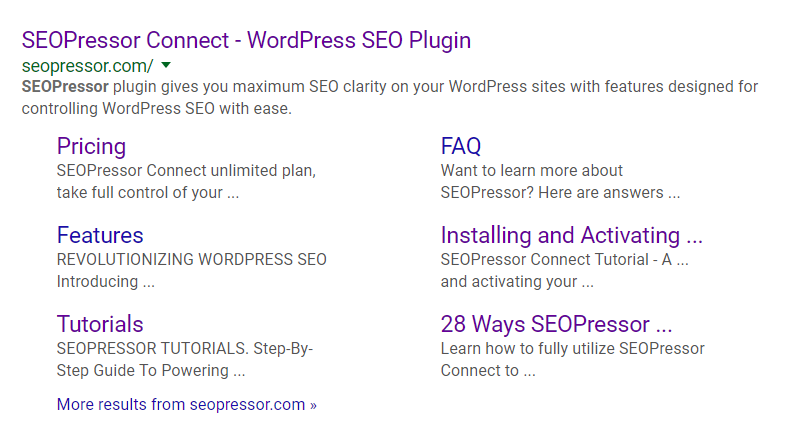
Other ways to build your brand’s presence include through the use of through-leading articles, SEO press releases, public speaking gigs and even user-generated content.
When it comes to your SEO strategy, Google semantic search cannot be ignored. Even though RankBrain was only introduced a few years ago, Google is leaning on it hard to improve its search engine results pages and is likely to going to continue using it and updating it further into the future as voice search becomes more prominent. This means that if you’re not considering semantic SEO yet, you need to as soon as possible or you may find your site falling down the rankings sooner than you might think.
Bonus: Many of you have been asking us on how to SEO your website for free. The good news is – we have just released a free website SEO checker where you can check your SEO score and rank higher in search engines. Go check it out now!
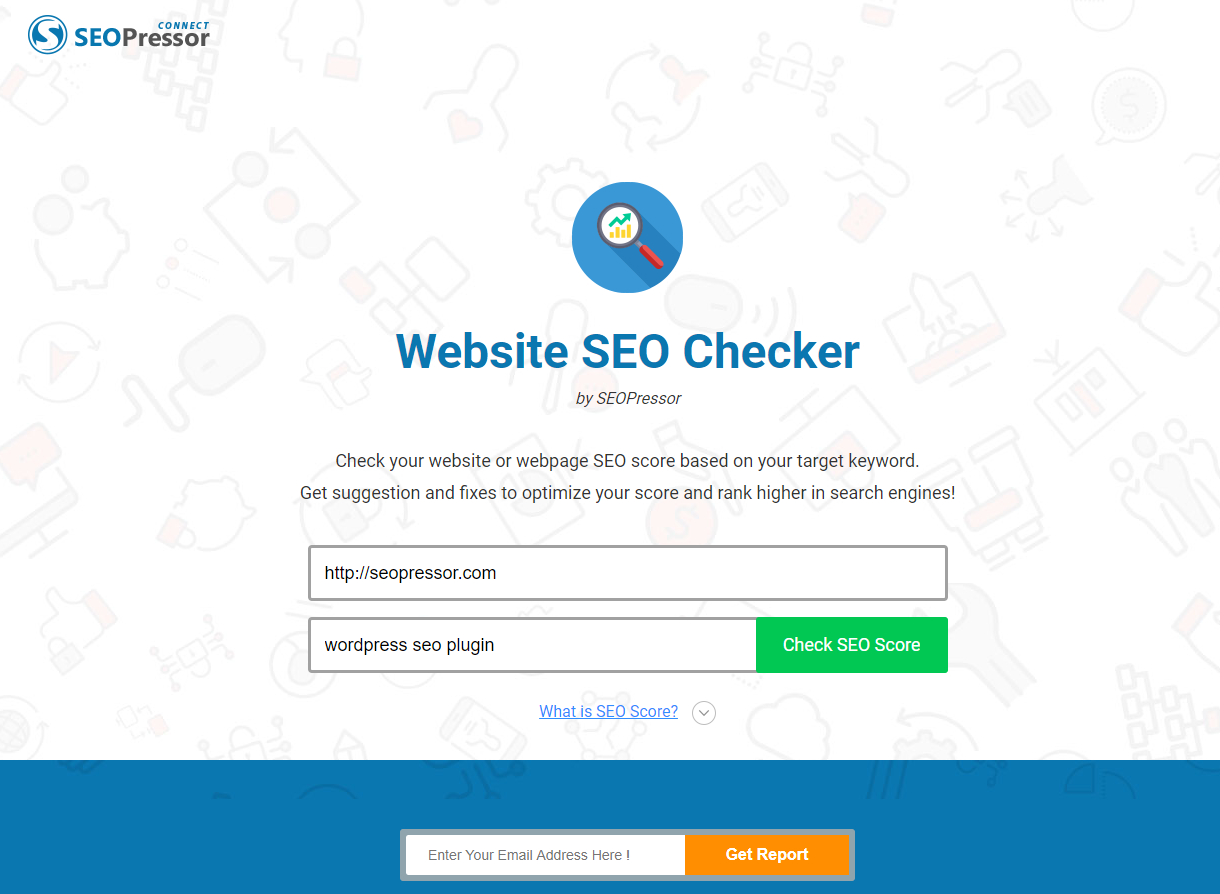
Website SEO Checker is a free tool to analyze your website’s SEO and tells you how to improve it.
Now that you understand what is semantic search, what are your thoughts about this semantic SEO guide? If you have more effective ways on how to do SEO, feel free to share it with us in the comment section down below!
[This blog post was originally written and published by Joanne on Aug 19, 2017. It is most recently updated by Howard on Jun 3, 2020.]
Updated: 4 January 2026


Save thousands of dollars (it’s 100x cheaper)

Zero risk of Google penalty (it’s Google-approved)

Boost your rankings (proven by case studies)
Rank High With This Link Strategy
Precise, Simplified, Fast Internal Linking.
